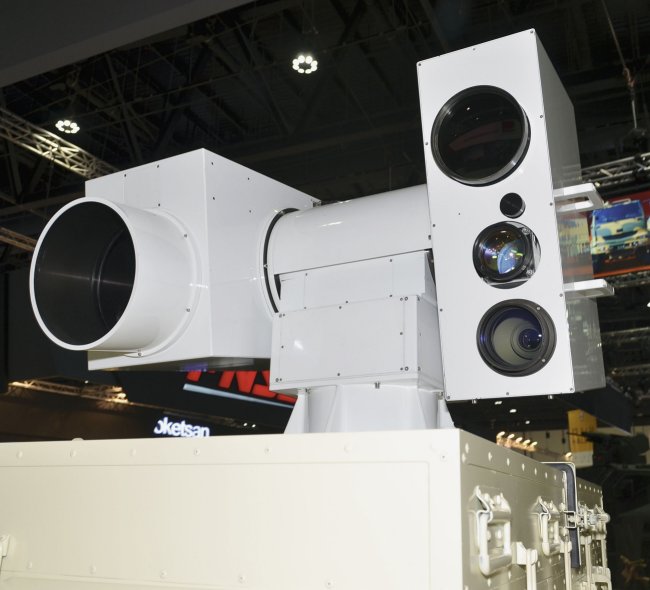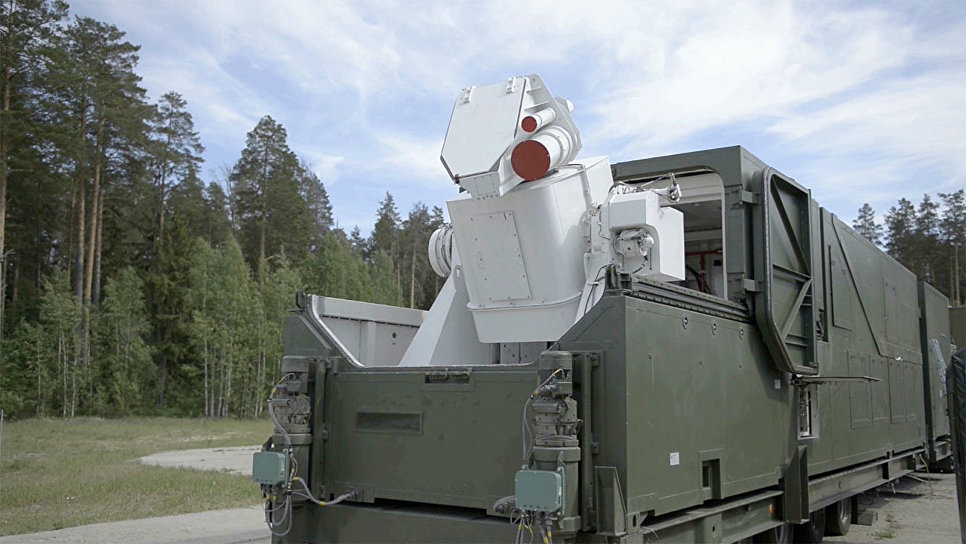Yes my understanding is CPA is a particular type of flywheel. A while back I quoted a rail gun engineer from China and he also mentioned CPA in an existing railgun. The issue is once he is allowed to disclose that, it means the date it was done was long gone. We can't conclude it was a reflection of current reality.
One reason they used six (three pairs) in parallel in that test is probably due to its power disadvantages. And I think the efficiency is almost certainly worse than capacitors. Again those numbers from that paper are for reference only; they can be considered a baseline.
Just a comment to the bold texts, flywheel's disadvantage is not its efficiency being lower than capacitor. It is its lower power density. Flywheel's character is closer to (chemical) battery than to capacitor. It store lots of energy, but like battery can not release that energy as quick as capacitor, therefor lower power density. It is also why in EMALS, four flywheels are used for one launch, each only provide 1/4 of the needed power for a max launch. After each launch, each flywheel retains lots of unused energy. Capacitor can release almost all energy at split of second. The reason of flywheel being used for EM cat is because its high total releasable energy than Capacitor (no matter how powerful, it does not store enough energy in the comparable footprint) and the launch takes many seconds. However, in EM gun, the total energy is much less while power requirement is very high. A gun system using only flywheel will need many of them to add up the power output, that will make the system huge. That is why the last storage system can only be capacitor, the USN and PLAN all follows this path. However, in PLAN case, we have battery as the buffer between capacitor and grid. I am not sure if USN choose flywheel (CPA) as that buffer, they could have as I said earlier that flywheel is similar to battery in performance. I would not be surprised that CPA was considered by PLAN in the place of battery at one point of time, or it is unlikely but possible that the word "battery" in Ma's paper refers to "mechanical" battery (CPA).
A good analogy would be flash of camera where the spark light is powered by a capacitor which is charged by a battery.
[Edit]: Just had another thought immediately after posting.
If by efficiency, you mean efficiency of "discharging speed"(power density), then you are right that efficiency is low.



